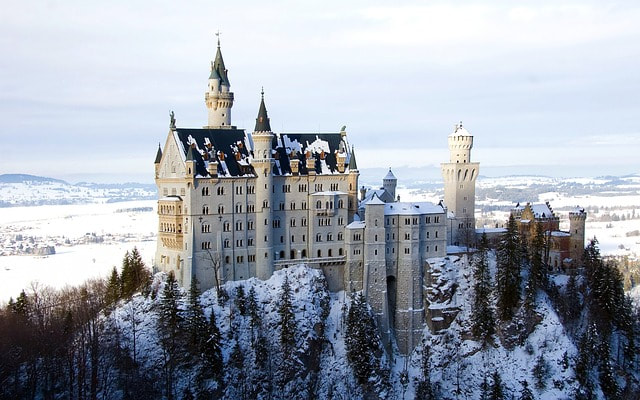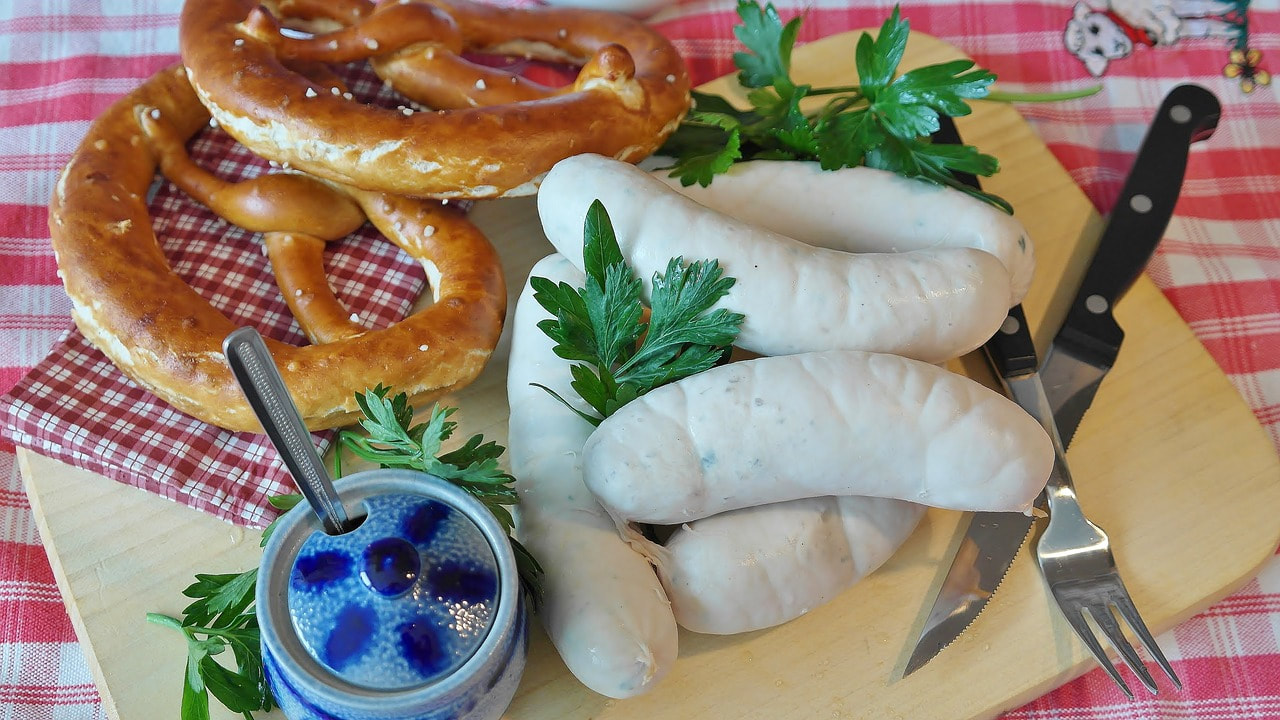|
Customs and Etiquette in Germany
Meeting and Day-to-Day
|
Cultural History In all the world, Germany is known to have the best collection of castles ranging from Medieval to fairy tale in terms of structure and design. Some were designed to protect the towns surrounding them, or for the wealthy kings who ruled to flaunt their wealth in an extravagant way. Whatever the reason, people today cant get enough of the awe inspiring structures. These castles have such unique qualities that they have influenced some very well known admirers. The Brothers Grimm, writers of the Grimm Fairy tales, took the design of the castles and include them in some of their stories. Walt Disney designed the his iconic castle, and the one from Sleeping Beauty around one of these structures that had a great fairy tale quality to them. Mary Shelley took the real Frankenstein's castle and based her story around it. Each castle possesses a unique charm to them, and these are two that are simply too impressive to pass up seeing for yourself.
Neuschwanstien Castle - Fussen, Germany This was the castle that inspired Walt Disney to design his castle for Sleeping Beauty. Originally the castle was owned by the "mad king" Ludwig II. Even though his extravagant life style may have lost him the thrown, his castle is one of the most jaw dropping creations that lets the imagination wander. No wonder Disney was so impressed! Hohenzollern Castle - Hechingen, Germany This incredible castle on a hill is owned by the Prussian Royal Family, and has stayed in their possession since they took ownership of the castle in 1267. They are the longest owners of an original castle in Germany. This location is perfect fro the view, and since the castle sits on a hill the surrounding area gains a new appealing presence for visitors. The family wished to keep the castle open to the public to enjoy as much as they do. Even the tour guides wear traditional Medieval clothing! *Another fun place to visit this time of year is the Kris Kringle Markets throughout Germany. Find out what makes Germany light up with holiday cheer during the winter months. |
|
Customs and Etiquette in Germany
Dining Etiquette
|
Food and DiningGerman food and cuisine has evolved through time due to political and social changes. For example, regions like Bavaria and Swabia share similar styled dishes with Austrian and Swiss influence. Meat is a big part of German cuisine. It is typically braised, but fried meat is common as well. Sausage making is well known and hand made by most venders and restaurants. Fish is popular in the northern coastal region and Alaskan Pollock is typically the go to fish of choice for the area, but trout and pike are well liked as well. Veggies are typically served as a form of stew or a side dish, rarely are they made into a dish themselves like we see in other countries.
Breakfast (Frühstück) commonly consists of bread, toast, or bread rolls with butter or margarine, cold cuts, cheeses, jam (Konfitüre or more commonly called Marmelade), honey and eggs (typically boiled). Traditionally, the main meal of the day has been Lunch (Mittagessen), eaten around noon. Dinner (Abendessen or Abendbrot) was always a smaller meal, often consisting only of a variety of breads, meat or sausages, cheese and some kind of vegetables, similar to breakfast, or possibly sandwiches. A smaller meal throughout the day is a very German custom and comparable with the English Five-o'clock-Tea. It takes time between lunch and dinner, often on Sundays with the entire family. However, in Germany, as in other parts of Europe, dining habits have changed over the last 50 years. Today, many people eat only a small meal in the middle of the day at work, often also a second breakfast, and enjoy a hot dinner in the evening at home with the whole family. |


